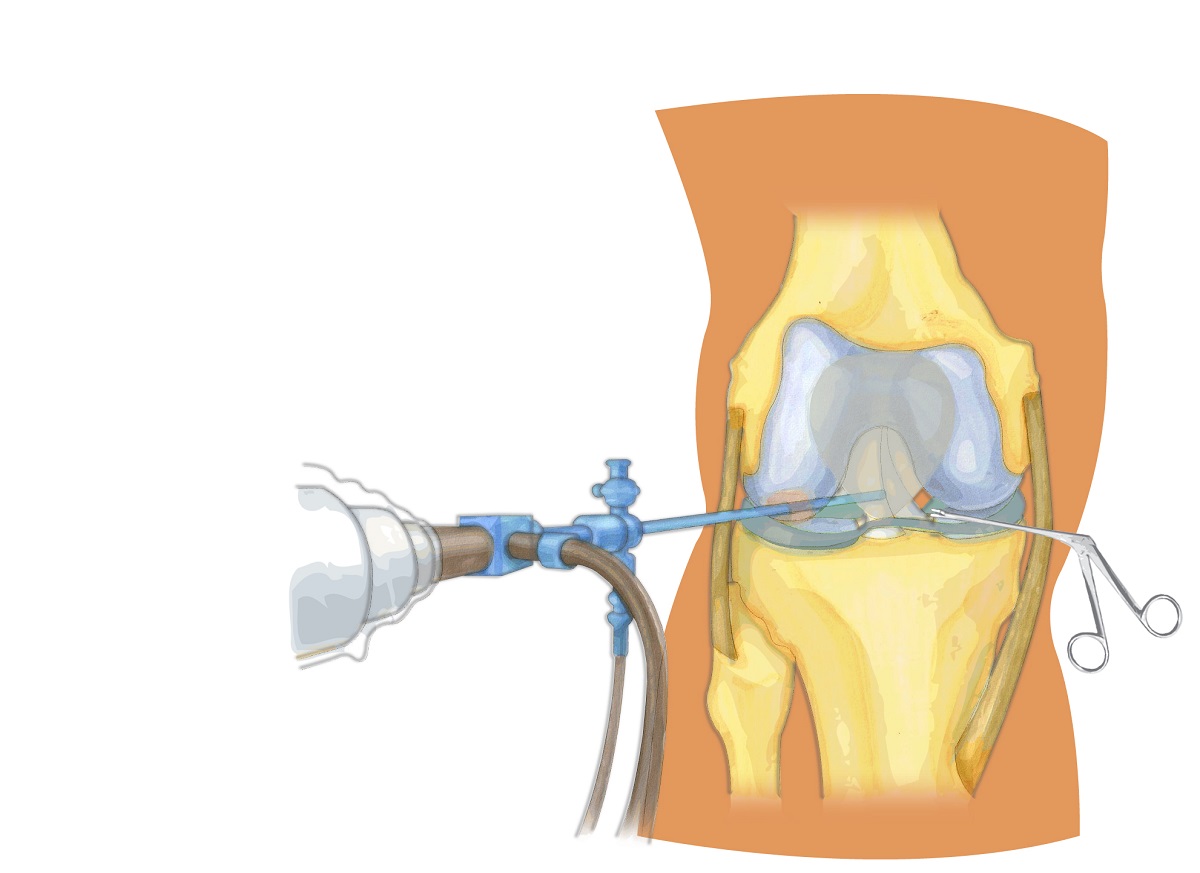
Knee arthroscopy is a surgical practice that can analyze and treat problems in the knee joint at the same time. In the procedure, your surgeon will make a small incision and inserts a tiny camera that is often called the arthroscope into the knees. Through this camera, they can view the inside of the joint on the screen. The surgeon can see the inside of the knee can easily detect the problem with the knee, also if necessary correct the issue using small instruments within the arthroscope.
The diagnosis through this procedure is very helpful in detecting several issues with knees such as torn meniscus or a misaligned patella that is the kneecap. It can also repair the ligaments in the joints. The procedure has limited risk and the point of view is good for most of the patients. The recovery time will depend upon the severity of the knee problem and the complexity of the required procedure.
If you are experiencing an excruciating knee pain your doctor will recommend you to undergo the procedure of knee arthroscopy. It is the procedure for the surgeon to confirm the source of knee pain and treat the problem also.
Arthroscopic surgery can diagnose and treat knee injuries like:
What happens during the arthroscopy?
in beginning, the doctor will give you anesthesia before starting the procedure. He will begin by making a small incision in your knee. Saline water will be pumped inside to expand the knee; the doctor will be able to see thins more easily inside the joint. The arthroscope will be injected inside, with the attached camera surgeon can see inside the joint on the bigger screen in the operating room.
As soon as the problem is detected by the surgeon, he will insert the tools through the incision can correct the issue. After the surgery, the saline will be drained out and the cut is closed with stitches.
Risk associated with the knee surgery